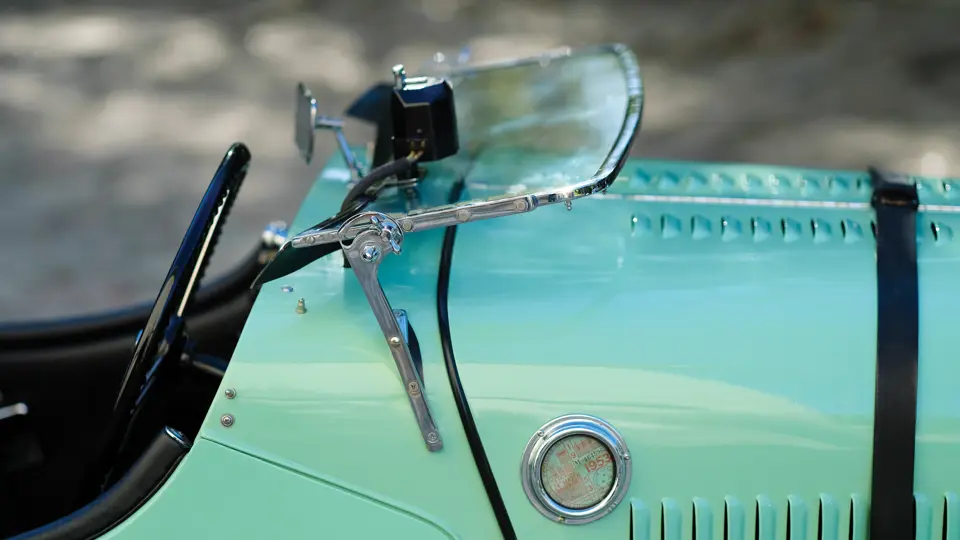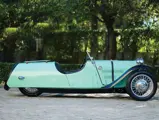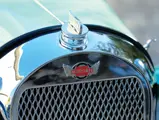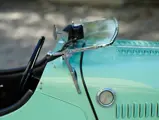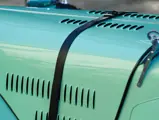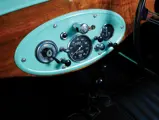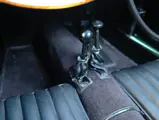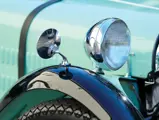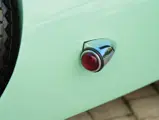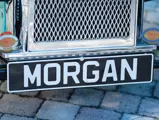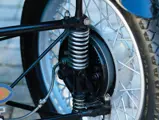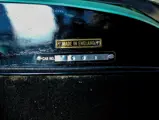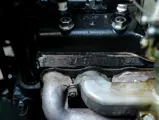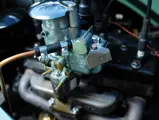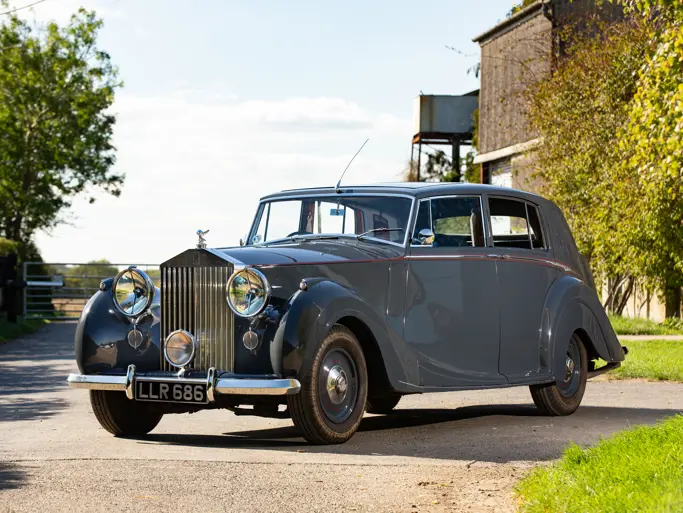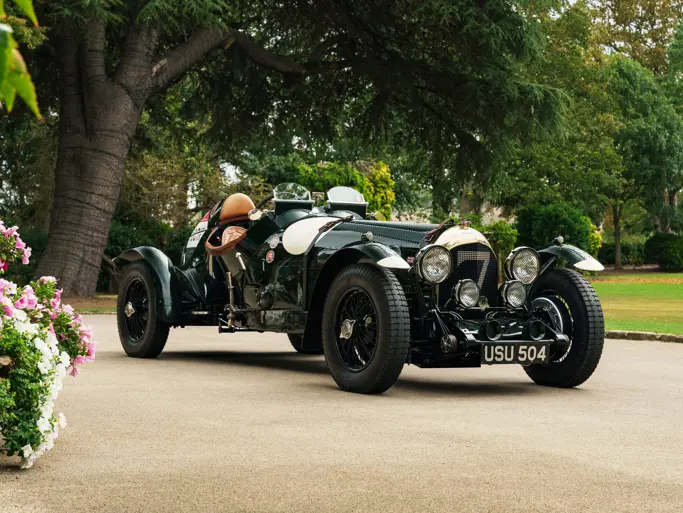30 bhp, 1,172 cc L-head inline four-cylinder engine, three-speed manual transmission, coil spring independent front suspension, longitudinal leaf spring rear suspension, and three-wheel drum brakes. Wheelbase: 99 in.
The son and grandson of British clergymen, Henry Francis Stanley Morgan eschewed the family vocation and studied at Crystal Palace Engineering College and interned with the Great Western Railway. In 1906 he opened a garage at Malvern Link, Worcestershire, selling Darracqs and Wolseleys.
Not content to sell other people’s merchandise, he began building an automobile of his own. Beginning in 1908, he constructed a tube-famed three-wheel car, two in front and a single wheel behind, using a v-twin Peugeot engine. Particularly novel was its independent front suspension, called “sliding pillar,” in which the steering knuckles rode up and down on king pins, suspended against coil springs. The technique would survive on Morgan cars for more than a century.
With money from his father, H.F.S., as he became known in the motoring world, organized the Morgan Motor Company in 1909. The first production model was shown at the First International Cycle and Motor Cycle Exhibition at the Olympia exhibition center in West Kensington, London, in November 1910.
Economical and sporty, the Morgan three-wheeler enjoyed great popularity, further enriched by the company’s participation in both track races and rough country trials. Initially all Morgans were two-seaters, powered by a succession of J.A.P., Blumfield, and Precision V-twin engines. Front brakes were added in 1923, the year total Morgan production surpassed 40,000. A Family model, with a modest rear seat, was added to the line in 1925.
Autumn 1931 brought a new chassis design, as well as a three-speed gearbox, this time with reverse. November 1933 brought still more changes, with the addition of a four-cylinder Morgan, this time powered by an 8-horsepower, 933-cubic centimeter Ford engine. A completely new Z-section frame was supplied by Rubery-Owen, Ltd., and the Ford three-speed-with-reverse gearbox was used. Designated as model F, for Ford, it would remain in production even as a four-wheeled Morgan was introduced in 1935. V-twin Morgans ceased production at the beginning of World War II, but the F model was continued until 1952. Both two- and four-seat Fs were built, and from 1937 an F-Super with cycle fenders and 1,172-cubic centimeter engine rated at 10 horsepower (30 brake horsepower). It is this model that is offered here, one of 129 built after World War II.
The current owner, a longtime collector and restorer, acquired this Morgan F-Super in 2005. It was restored over a two-year period, during which it was completely disassembled: wood framing of the body was renewed; the mechanicals were rebuilt; and the panels, paint, and upholstery were finished. Since restoration it has been shown at Keels and Wheels, Meadow Brook Hall, Boca Raton, Winter Park, Ault Park, Keenland, and Hilton Head concours, winning many class and special awards. It is also an AACA Grand National winner.




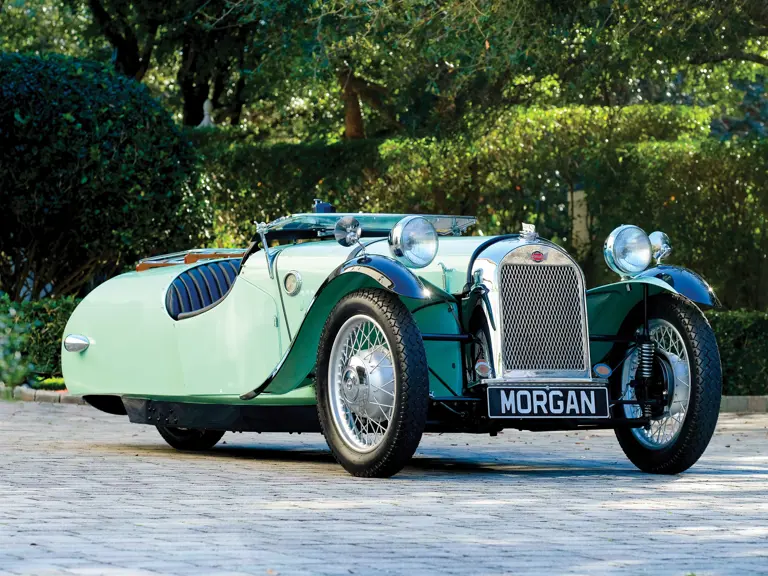

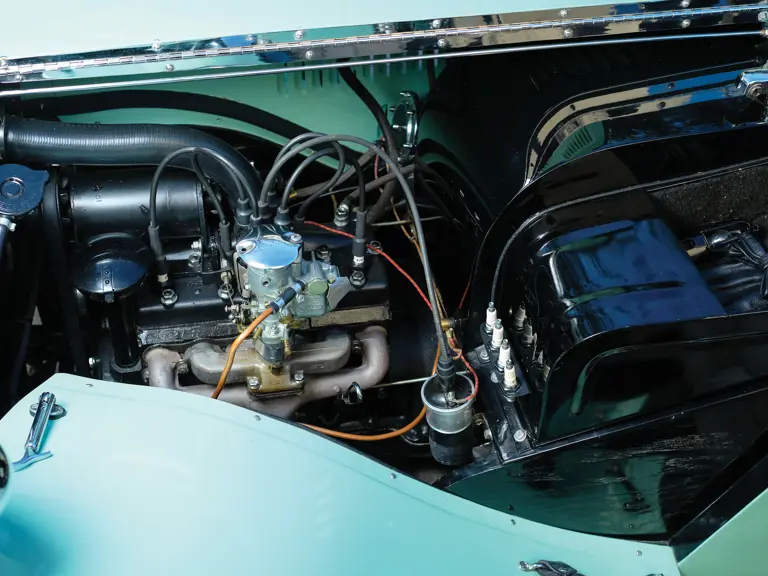
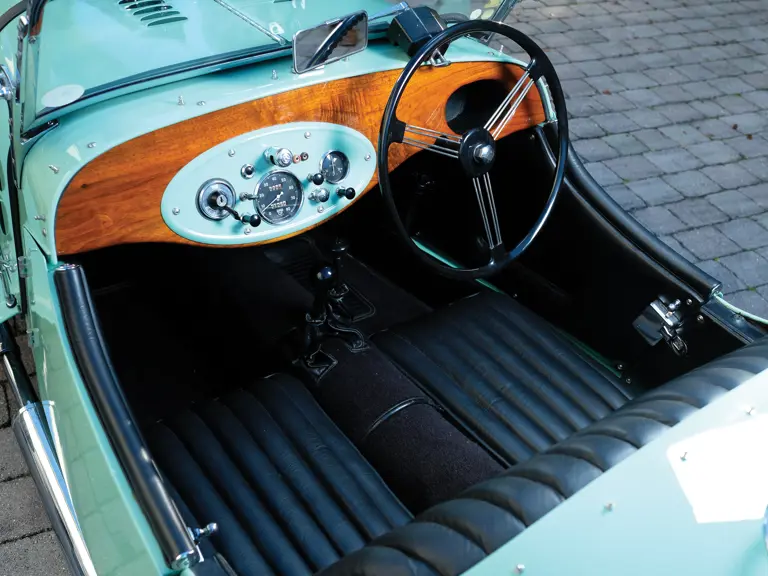

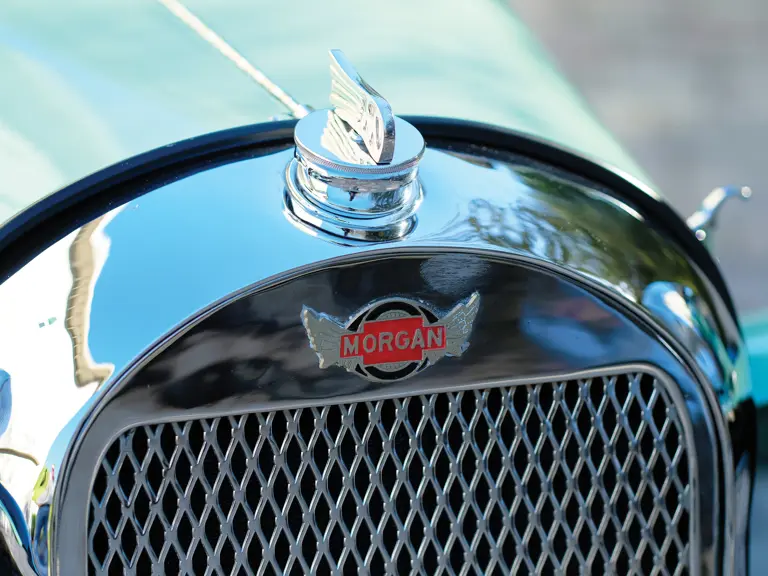


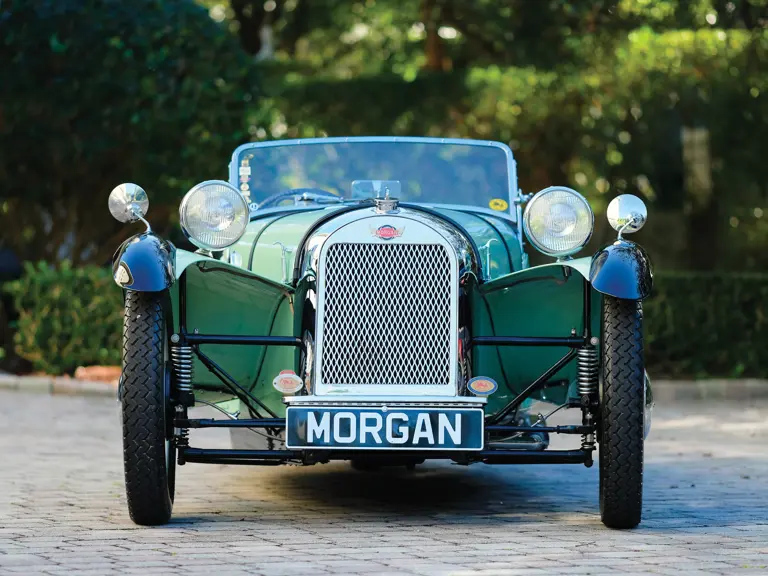
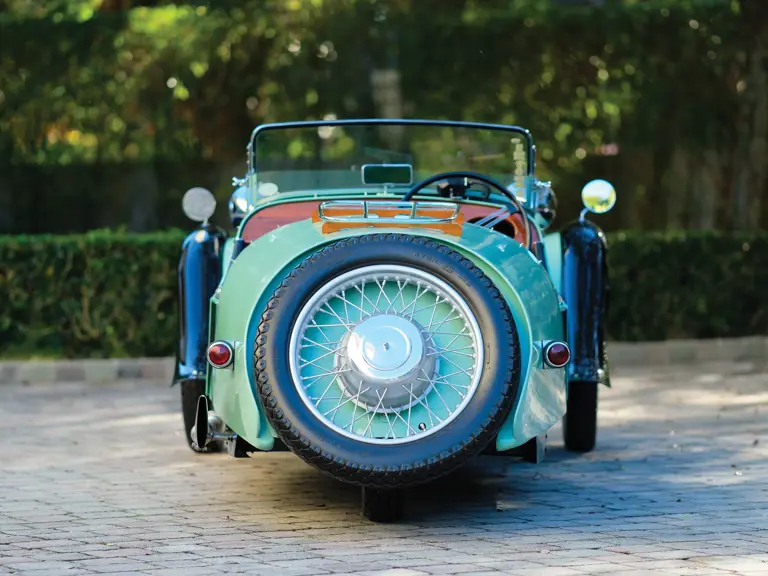
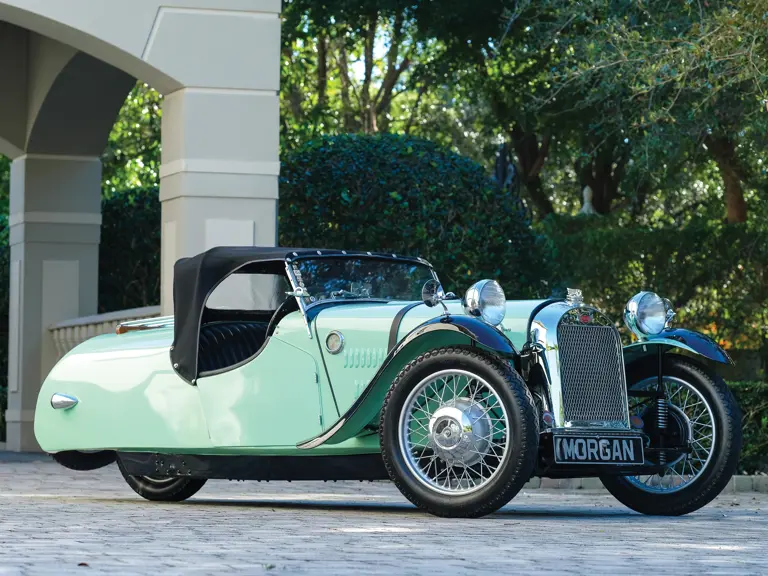
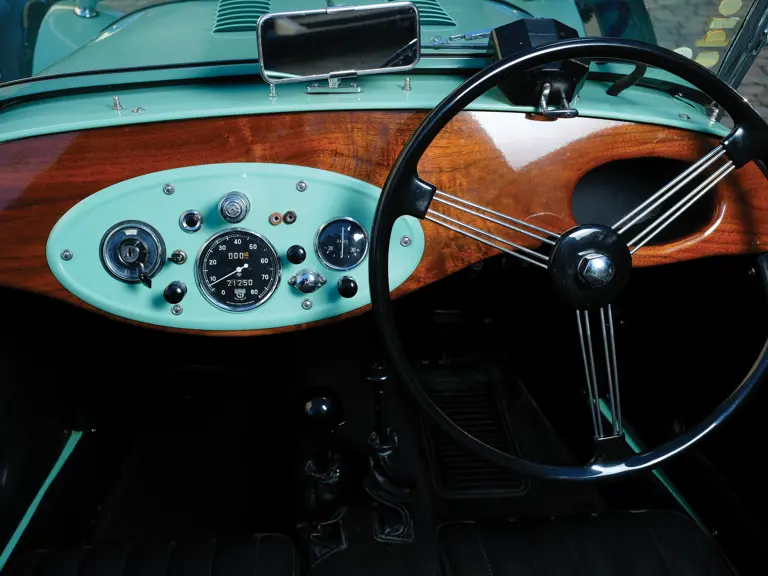
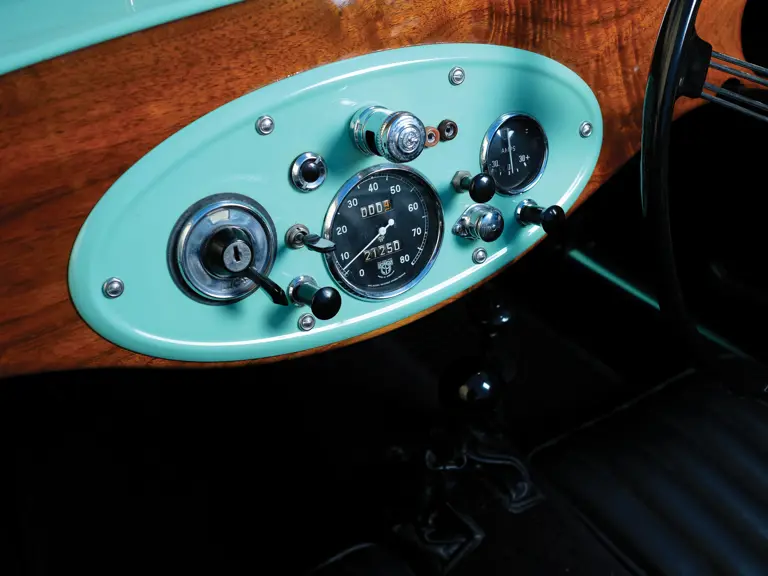
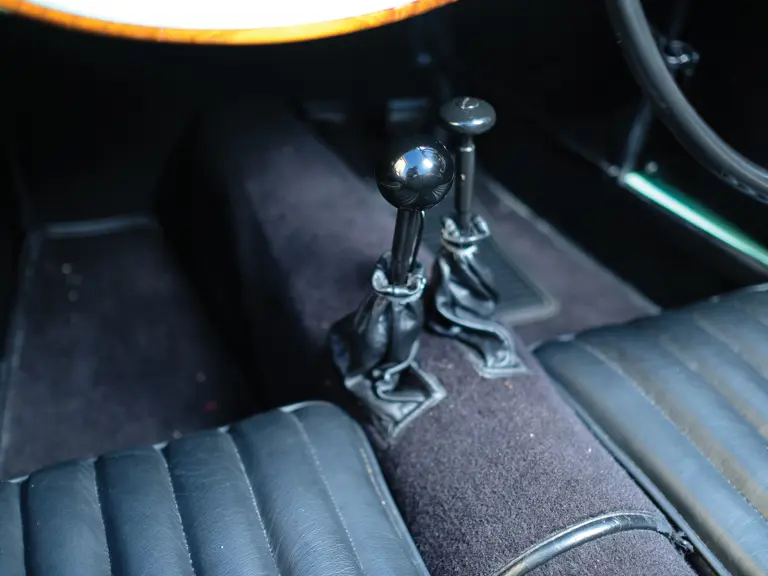
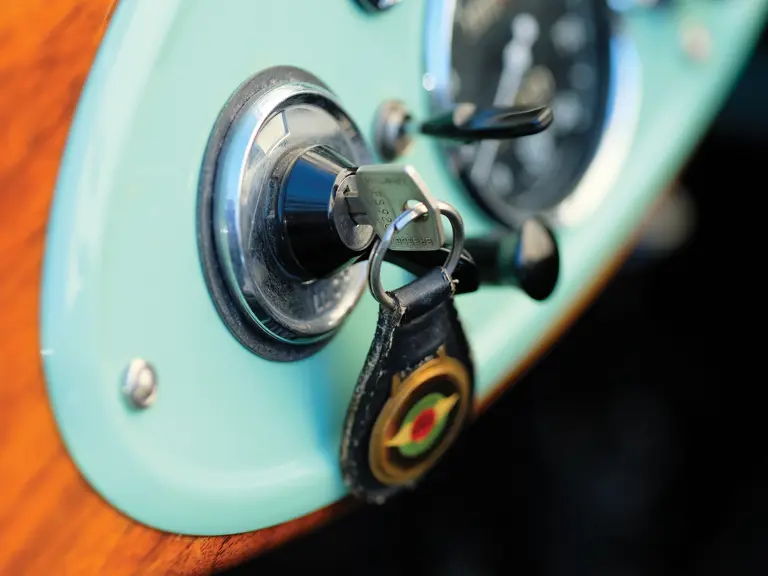
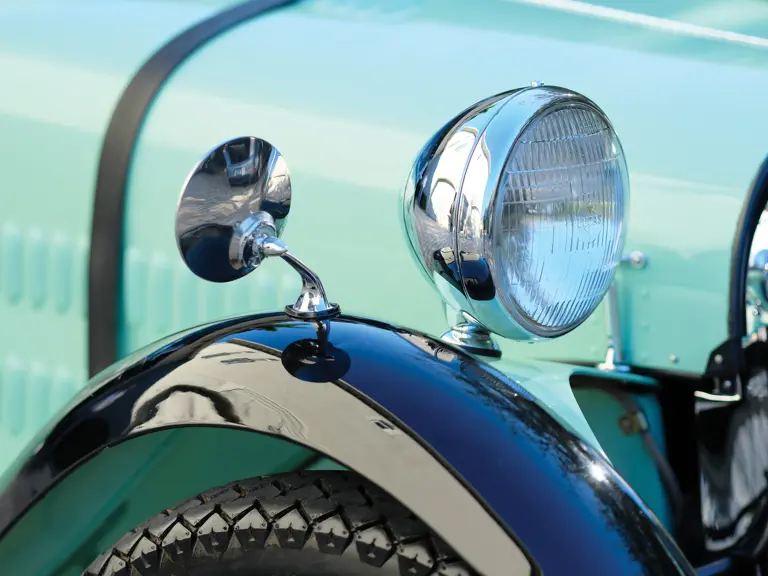

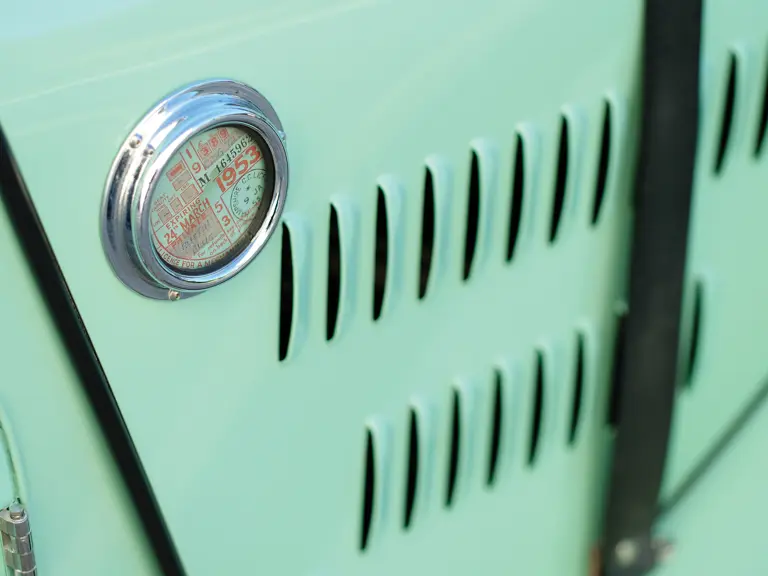

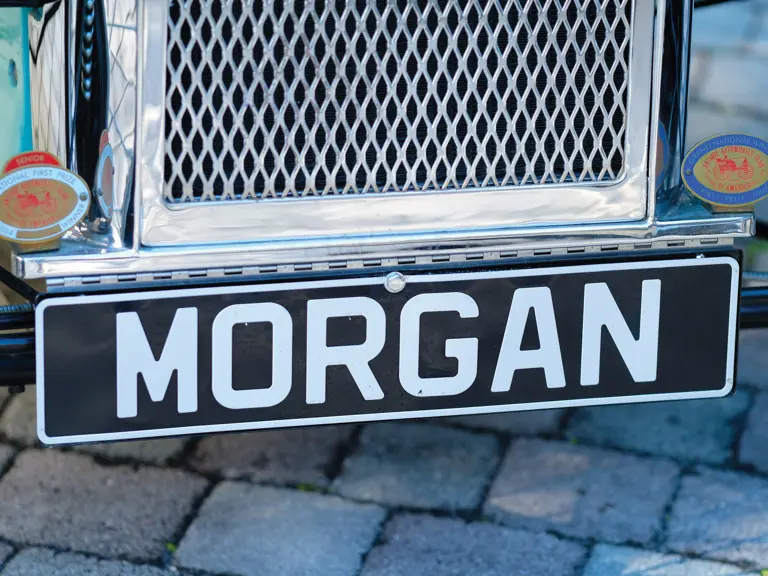

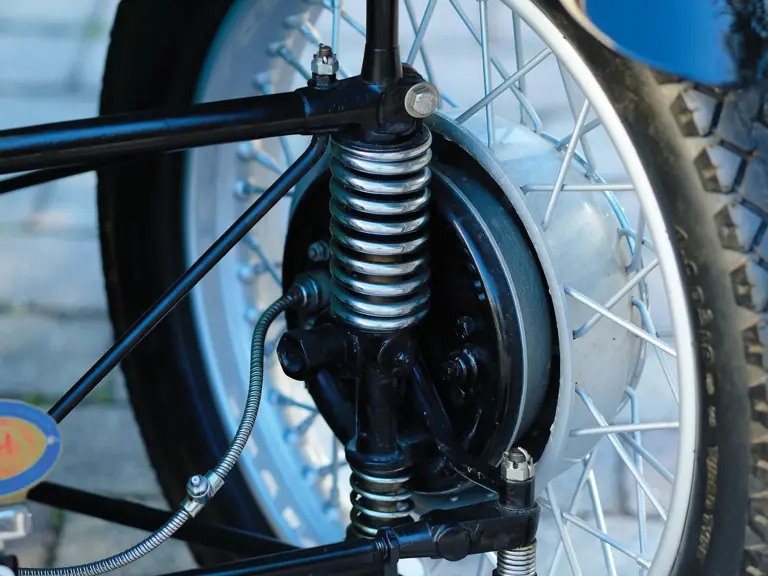
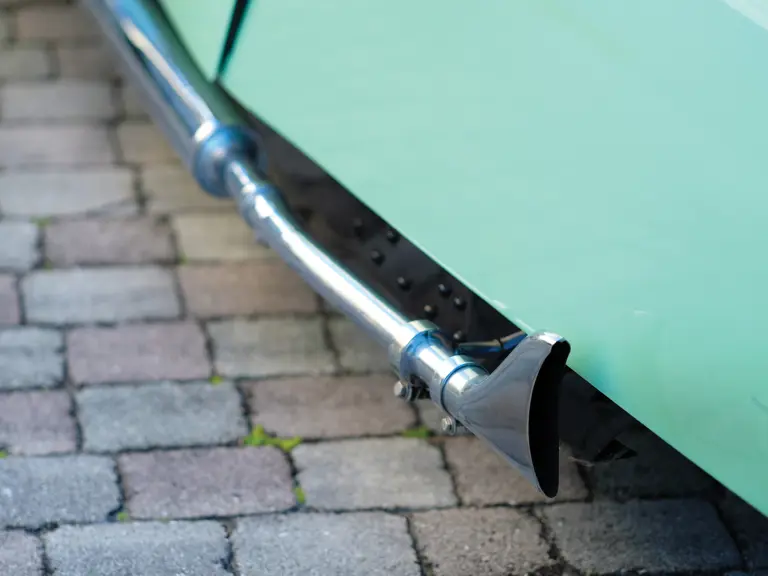

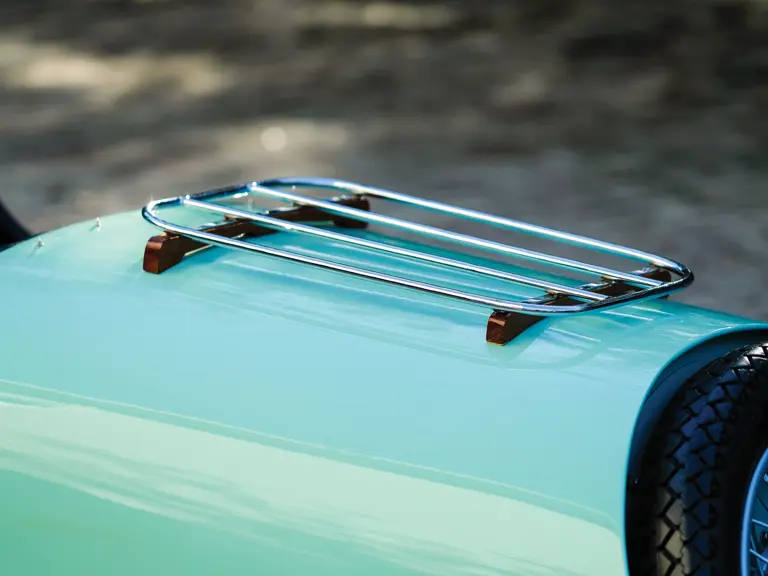
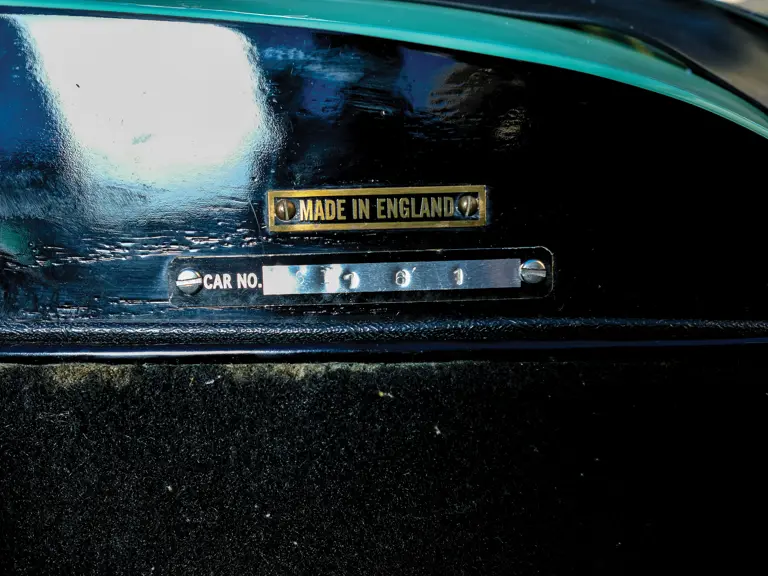



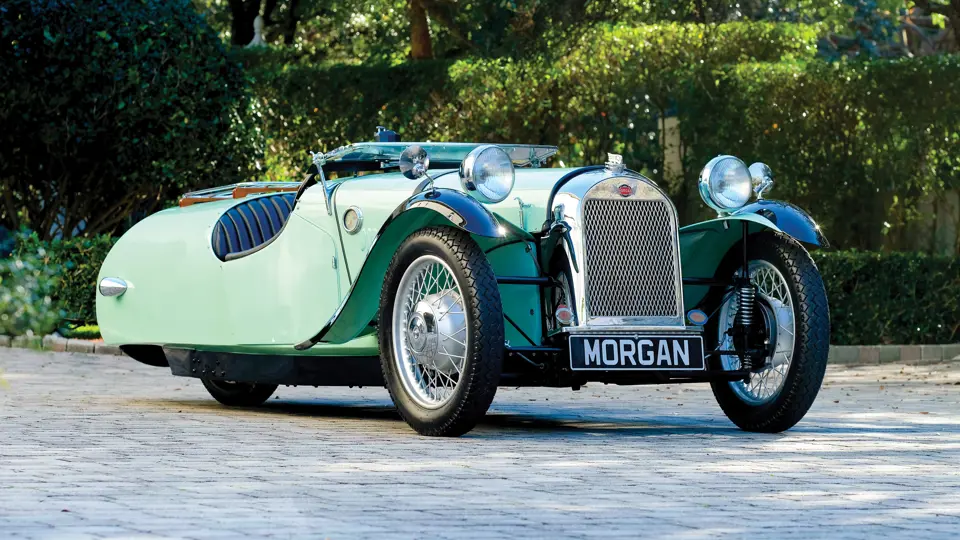
 | Amelia Island, Florida
| Amelia Island, Florida


